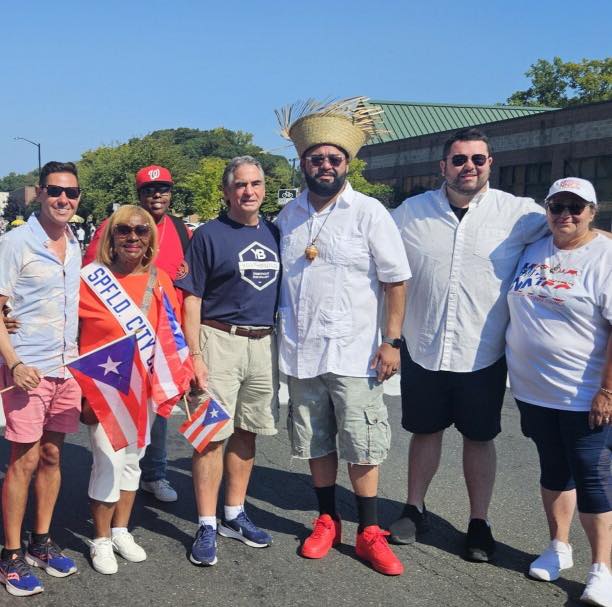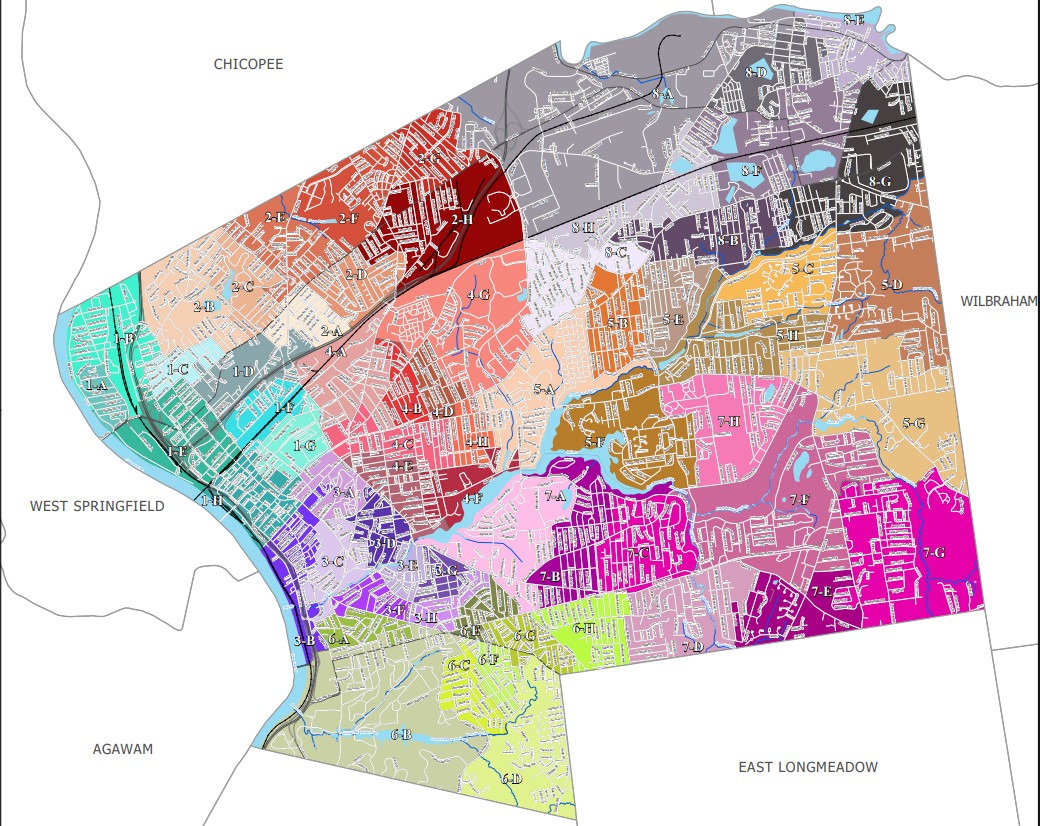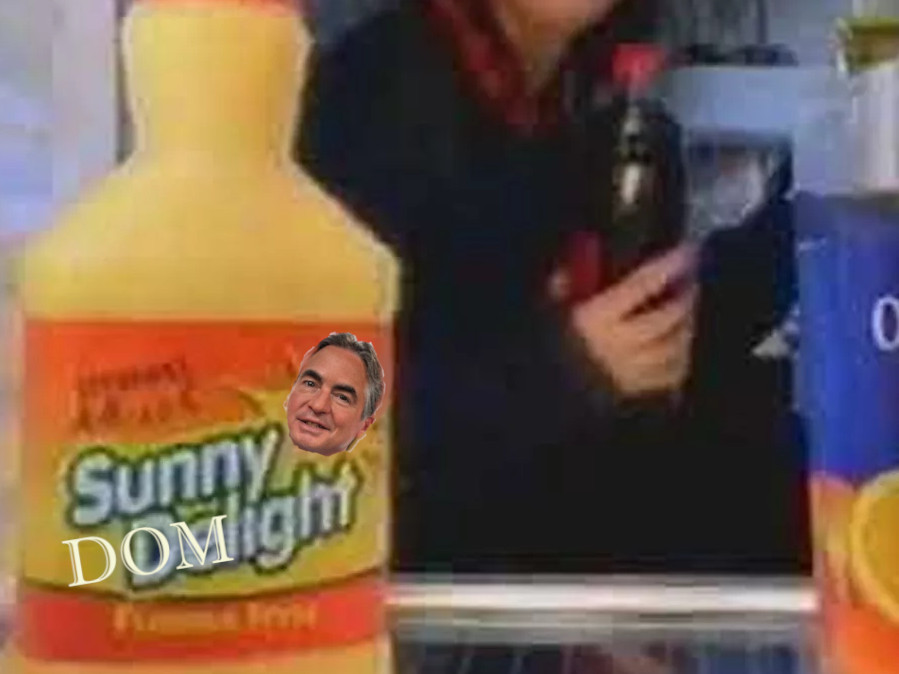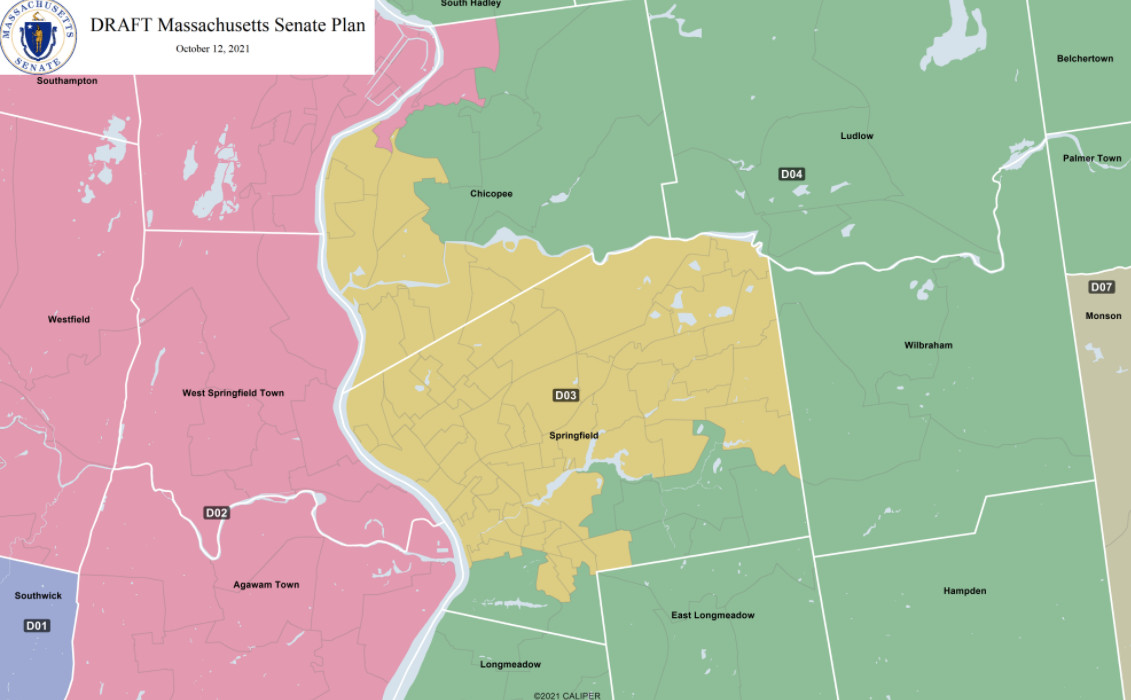Analysis: Springfield Senate Primary Shows Mayor Has No Juice outside City Hall…
In 2009, the last time Thomas Menino ran for mayor of Boston, he faced prominent challengers, both at-large city councilors. One did make a return to politics four years later, but only because everybody and their brother was running to replace the retiring Menino. The other, in his own telling, had to leave Boston to find employment. That was the power the city’s longest-serving mayor had.
Springfield’s longest-serving mayor, Domenic Sarno, is said to have seen Menino as a model. Until quite recently, though, Sarno did not emulate the “neighborhood mechanic” persona his eastern counterpart offered Bostonians. Rather, Sarno ostensibly envied the power, both official and political, the Hub’s former ruler wielded. Yet, in last week’s Democratic primary, a year on from the tightest mayoral prelim Sarno ever faced, he has shown himself no threat to his enemies.
Sarno backed Ward 4 Councilor Malo Brown’s challenge to Senator Adam Gomez. Gomez had himself defeated an incumbent and Sarno ally in 2020. More recent events likely underpinned the mayor’s push to eject the senator. However, it was Brown who was blown out of the water. Gomez won over 70% of the vote in the district.
The Hampden Senate district includes over seven-eighths of Springfield, excluding only parts of East Forest Park, Forest Park and 16 Acres, plus the southerly precincts of Chicopee.
Menino’s power while in office was, in some respects, a work of mythmaking. It helped that the depth of his power faced few tests. Menino, who died in 2014, also bluffed his way out of situations that could have raised doubts about his reach.
Still, one cannot deny that defying Menino, especially by challenging him, carried risks. The 2009 challenger who left Boston, Sam Yoon, said he could not find work in Boston after that race. He had not even survived the preliminary.

An island of amity between mayor and senator at the Puerto Rican Parade this month. (via Facebook/Sen. Gomez official)
Last week’s primary should solidify what many have long believed. While Sarno certainly has the levers of municipal government at his disposal, he has no political pull beyond that. To defy the mayor—even embarrass him as some might say Gomez has—will carry little or no electoral price.
Sarno’s political weakness has long been apparent in municipal elections. Through at least a handful of election cycles, the City Council had a durable supermajority that sometimes thwarted, if not always halted, his mayorness. Unhelpfully, what councilors Sarno has helped elect later turn against him.
Already, none of Sarno’s opponents from 2023 have had anything to worry about.
Sarno was in no position to tell US Senator Ed Markey not to hire former at-large councilor Jesse Lederman. Despite the vote-buying scandal, former at-large councilor Justin Hurst is still making political appearances and is all but campaigning for the 2027 mayoral election. Sarno did not seek—or at least did not find—a primary challenger to State Rep Orlando Ramos, his fourth 2023 opponent.
Rather, Gomez is the only foe he seemingly moved against—not that it went well. In the same parts of Springfield that went hard for Sarno in 2023, voters ignored the mayor’s endorsement and backed the senator in 2024.
Gomez did not endorse in the mayoral race last year until after the preliminary. However, it was widely understood he would support whichever of the three main challengers survived to face Sarno in November. That honor became Hurst’s after he came in second ahead of Lederman and Ramos.
Despite raising eye-popping sums for his reelection bid last year, there is no evidence Sarno did—or could—do the same for Brown.
Electorally, the mayor was no more helpful to Brown who. Precincts in East Springfield and East Forest Park that stampeded toward Sarno in 2023 sided overwhelmingly with Gomez in this year’s primary.
For example, in precincts 2B (Atwater Park) and 2G (the Bowles Park area) Sarno won 68% and 70% respectively. Gomez won these with 81% and 78% of the vote. In 5G (16 Acres/Tinkham Road), Sarno won 68% of the vote last year and Gomez won 69% in this year’s primary. Over in Forest Park, precinct 6G (Upper White Street) delivered 67% of its vote for Sarno and 74% for Gomez.
The best Brown did in a place he needed was in precinct 7A (East Forest Park/Island Pond area). Sarno won 67% of the vote this year. Yet, Gomez still cleared 60% in a neighborhood where many Sarno fans dwell.

Springfield’s precinct map after the 2020 census. Sub-precincts may not be visible. (via Springfield Election Commission
Indeed, Gomez’s overperformances relative to Sarno are typical across the district. While Brown generally performed better—if not remotely close to a majority—in precincts Hurst won last year, he lost critical precincts in his own ward. Hurst won 65% of the vote in 4A (McKnight). In the primary, Gomez got 69%.
The comparison between a Democratic primary electorate and a nonpartisan mayoral electorate in Springfield is imperfect. Only about half as many people voted citywide in this month’s primary compared to last year’s election. Some voters from last year surely voted in the Republican primary. The GOP was choosing a nominee in the US Senate race against Elizabeth Warren.
Some suspect Gomez’s support for Hurst alone prompted Sarno to hunt for a primary challenger. Gomez and Sarno had hardly been BFFLs since the former’s entrance to city politics in 2015. However, another event likely ignited the city’s inflammable mayor. Gomez used his leverage over state legislation Sarno needed to appoint Police Superintendent Lawrence Akers to force the mayor to back down on gutting the Police Commission permanently. While Gomez’s flex probably inspired Brown to run, it surely led to a failure of the mayoral sphincter, too.
To the extent any strategy to defeat Gomez existed, it was to excite Black turnout for Brown and paint Gomez as a leftist radical, dragging him down in whiter precincts. Instead, Gomez won all but one precinct in Brown’s ward. Indeed, aside from that precinct and a tied sub-precinct—with four votes total—Gomez won every precinct in both Chicopee of Springfield.
A three-term councilor before going to Beacon Hill, Gomez is well-known across the city, as is his family. Villainizing Gomez was going to be a tall order even in an age of scant information and sub-basement level public engagement.
Whatever else one could say about Sarno, he knows Gomez’s strengths and support. That was likely why the mayor was unable to recruit a candidate before Brown, upset over Gomez’s intervention during the Police Commission debate, volunteered.
Nevertheless, Sarno disregarded the risks and exposed the limits of his political influence. This contrasts with Boston’s Menino, who knew when to hide such limits.

Mayor Menino held his cards close, but ultimately dealt himself in for Warren. He played his hand well. (via wikipedia)
For example, many thought Menino held off endorsing then-candidate Warren in 2012 because he had a relationship with then-Senator Scott Brown. Mobilizing Boston would be essential for Warren to defeat Massachusetts’s first centerfold senator.
Menino did endorse Warren, but not until September 21, 2012, when she had momentum. After Warren won, some speculated that the Boston mayor’s delay reflected not loyalty to Brown but concern about whether Warren could win. If Menino mobilized but Warren lost, perhaps due to insufficient margins in the Hub, the mayor might look weak. If that is true—and some dispute it—Menino’s machinations would constitute a canny defense of the perception of his political power.
In 2024, Springfield’s mayor did not consider such things. He had no obligation to back Brown’s run. Some say that doing so still sent a message, but not one of any use to Hizzoner. The primary may have annoyed Gomez, but it hardly struck any fear in him or his supporters.
Rather, the real message is clear as day. Unless you need something from City Hall that the mayor can directly gum up, one need not fear Domenic Sarno in the political arena.

